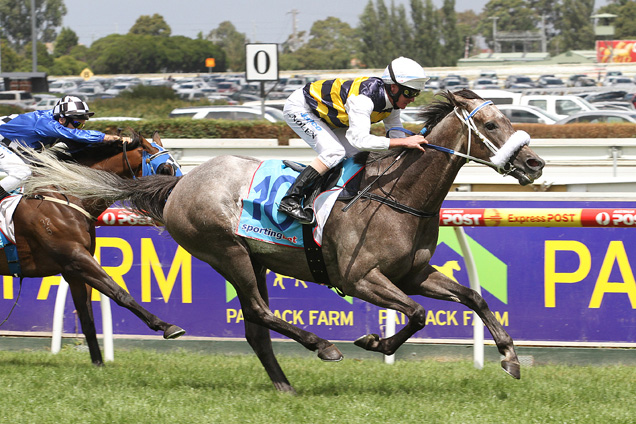This week I will finish off the factors I consider when assessing the fitness of a horse resuming from a spell.

I have covered quite a few areas in this discussion but as I said at the beginning of the series, assessing thoroughbred fitness, especially when resuming from a break, remains one of the most difficult aspects of form analysis.
Distance of race
Just as age is important for horses resuming, so is the distance of the race. As a general rule, the shorter the race the easier it is to prepare a horse for a first up win and I am talking about Australian trainers here although we are seeing some changes since the influx of European bred gallopers.It is no easy task to prepare a horse to win first up over 1400m or 1600m or further and only the better trainers will be able to do it. Those with access to private training facilities that I spoke about earlier will have an added advantage. Eg Team Williams, Hayes and of course Darren Weir.
But with the increase in overseas bred stayers bought to Australia, we are seeing more examples of these horses starting off their preparations at 1600m or longer and while their strike rate is not stunning, these horse do seem to respond to the Australian training techniques and with the right preparation can produce winning performances at middle distances. Manighar formerly trained by Luca Cumani was transferred to Peter Moody late in his career who immediately won with him over 1600m first up as well as transforming him into a group one weight for age performer.
Also we have seen John O’Shea do similar with Contributer and Hartnell and It’s Somewhat and of course Chris Waller has mastered the craft well before any other trainer in Australia.
In what could well be a changing pattern, we saw Lee Freedman win the Doomben Cup practically first up with Our Ivanhowe.
Obviously this will be a trend that will continue to be a part of our form analysis going forward especially with the pressure on most trainers to make every race start count.
Class of race horse is resuming in
The class of race can be a significant indicator if a horse has been prepared for a first up win.Clearly if a trainer has taken all the time to prepare a horse to be at it’s top or close to it when resuming, then common sense would dictate that he will have the horse placed in its correct class of race.
Most times this will be obvious but at other times it may not. For example if a handicapper is resuming in a set weights race etc then clearly it is outclassed.
Similarly if a horse is resuming and it is not “in the handicap” then the chances are it is not ready to win.
For example a 70 rated male horse in a Benchmark 90 race will carry the minimum limit weight because it cannot carry any less and consequently is out of the handicap.
If the 90 horse carries 61kgs, then our horse should carry 51kgs (20 points difference from maximum 61kg top weight) but this is impossible under the rules of racing as he must carry the minimum limit weight of 54kgs. This horse is 3kgs “out of the handicap”.
Any change of trainer
Sometimes a switch in trainer can be hugely significant. If a horse goes from a lesser trainer to say Team Hawkes or Team Snowden with a proven first up training capability and the horse is a sprinter then special care is needed before eliminating the horse based on its old first up patterns.Jockey selected for first up run
I mentioned previously that a trainer will normally entrust the horse that has been specifically prepared for a first up win to their stable or money rider.Again it is a past pattern statistic that is easy to identify but a very powerful one all the same.
State of the going
The expected track condition is also very important. If a horse has been set for a first up win but it cannot handle say a heavy track, then the horse is likely to be scratched and saved for another day.This is a signal to the astute form analyst that too much was at stake to risk it on a heavy track.
And the longer the race first up the higher the degree of difficulty.Betting trends on race day
This is the last piece of the jigsaw puzzle and will either confirm or otherwise your deliberations and assumptions as to whether the horse is ready to win.Most stables bet so if the horse in question firms or is well backed then you can be reasonably sure it has done enough to run well.
Recap on the previous fitness factors for horses resuming from a spell on the links below.
Fundamental Form Analysis – Part 8
Fundamental Form Analysis – Part 7
Next time I will move onto the very important factor of improvement and how it goes hand in hand with some of the points I have raised on fitness, especially as a horse moves from its first up run and moves into it preparation.
Clearly a horse will improve in its form cycle as it gains in fitness but that is not the only way a horse can improve its racetrack performance.
This is one of the more interesting aspects of form analysis and does serve to underpin basic pre-race form analysis.
Obviously to date we have not mentioned the Racing and Sports KGR ratings. From next week we will introduce those into the discussion to illustrate the quantitative aspect of the improvement horses make as they gain in fitness.





